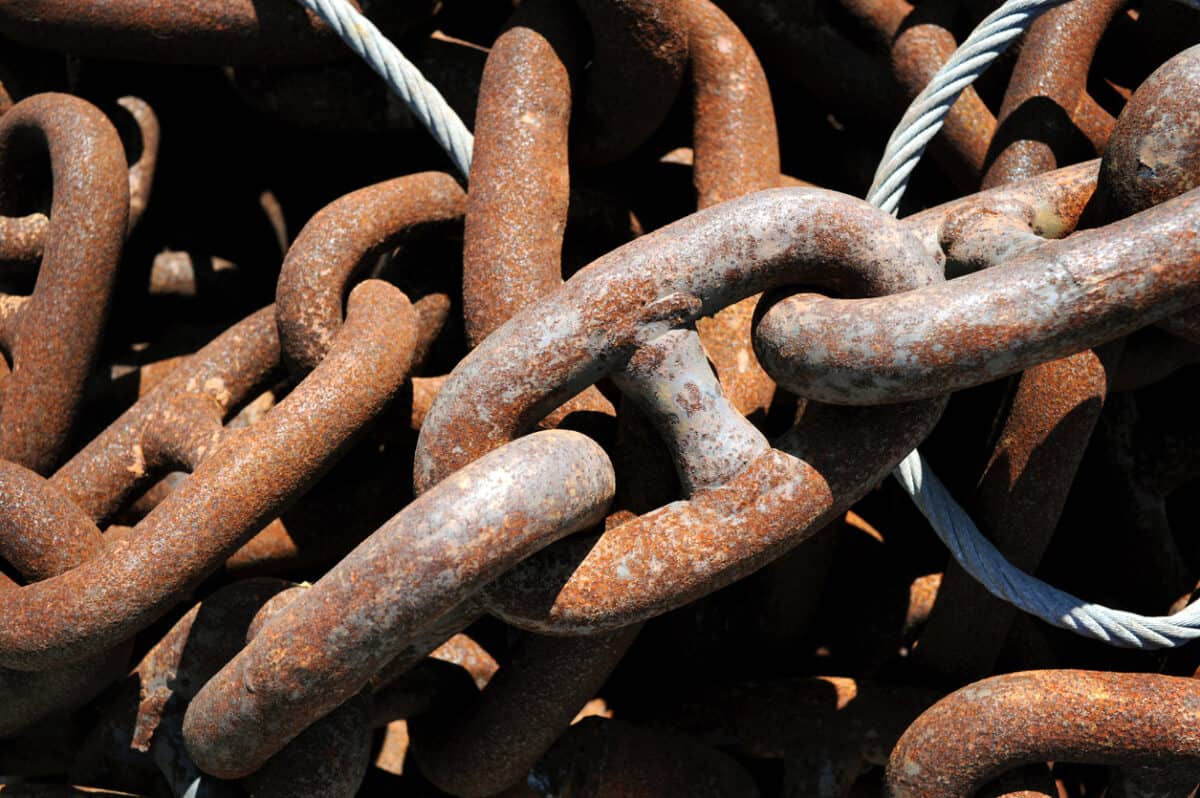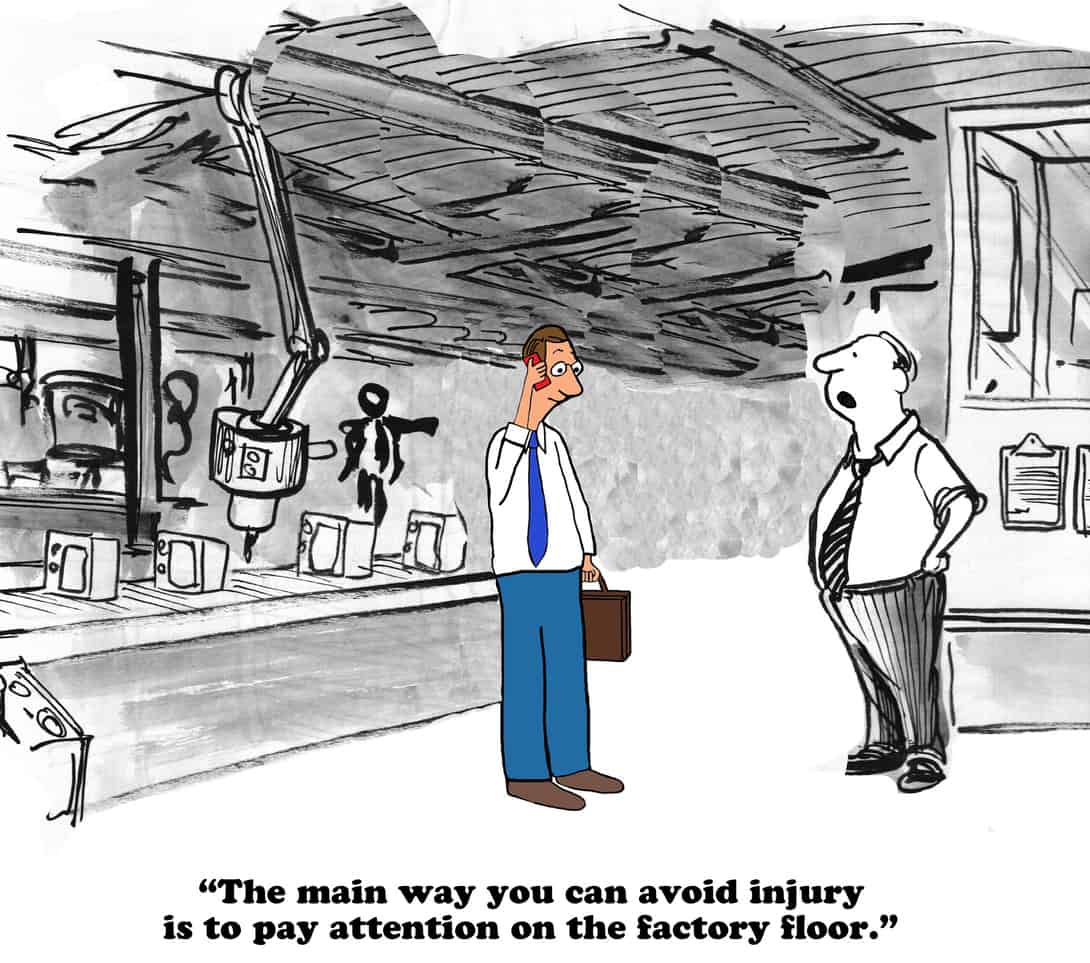Guest post from Jason van Schie
We can all (hopefully!) agree that looking after workers makes sound business sense. Look after your workers, and they will look after you.
So what is the best way to care for employees? By responding to their symptoms of distress through provision of reactive services like EAP [Employee Assistance Program] and resilience apps (fixing the fish), or by improving the design, management and social interactions at work (the aquarium)?
Let’s park that question for a minute and consider two questions:
1) What happens when we fix the worker but not the work? and
2) If population health is the goal, which approach is more likely to achieve the desired result?







